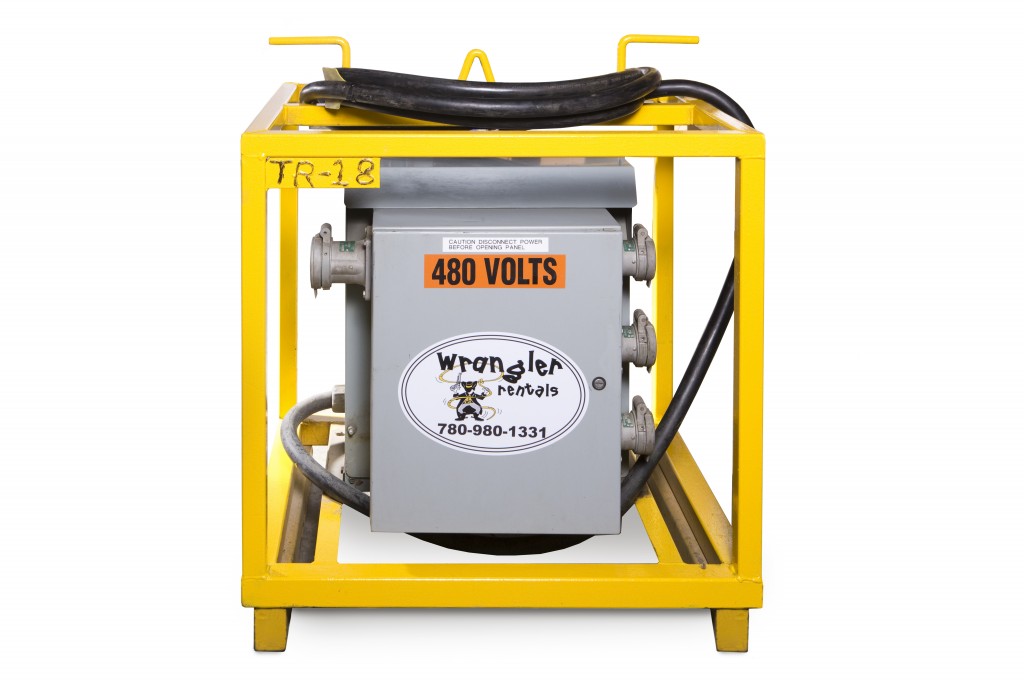All Regarding Oil Field Equipment and Pipeline Equipment: Key Insights and Crucial Info
Oil field equipment and pipeline systems play a pivotal duty in the oil and gas sector. They are necessary for the reliable extraction and transport of hydrocarbons. Trick components, such as drilling rigs and storage space tanks, straight impact operational success. Improvements in modern technology guarantee to enhance safety and performance. Recognizing these components is vital for any individual entailed in or curious about this complex market, as it sets the stage for deeper exploration of industry methods.

Introduction of Oil Field Equipment
As the need for oil remains to expand, comprehending the tools utilized in oil areas comes to be progressively crucial. Oil field equipment includes a variety of equipment and tools crucial for expedition, removal, and handling. Key elements consist of piercing rigs, which are crucial for reaching oil storage tanks, and production equipment, such as separators and pumps, that promote the removal procedure. Superior Oilfield pipeline equipment rentals. Additionally, storage space tanks play a considerable duty in holding crude oil before transport. Security tools, including blowout preventers and stress evaluates, ensures operational safety and performance. Each tool features cohesively to optimize production and maintain effective operations. Experience with this tools is essential for professionals in the sector to guarantee successful operations and adherence to safety requirements
Kinds of Drilling Rigs and Their Applications
Drilling rigs act as the backbone of oil extraction operations, with different kinds made for details geological conditions and functional needs. One of the most typical kinds include rotary exploration rigs, which utilize a revolving drill bit to permeate the earth, and cable television device rigs, understood for their percussion exploration method. For offshore operations, jack-up rigs and semi-submersible rigs offer stability and support in aquatic atmospheres. Furthermore, directional drilling rigs allow drivers to pierce at angles, reaching deposits that are not vertically easily accessible. Each gear kind has unique advantages, optimizing efficiency and safety based upon the drilling environment. Picking the ideal gear is essential for making the most of resource extraction while lessening environmental impact and operational costs.

Necessary Pipeline Equipment and Their Features
Pipeline framework is important for the transportation of oil and gas from removal websites to refining centers and end-users. Numerous crucial equipment elements facilitate this procedure. Pipes themselves function as the key channels, developed to website endure high pressure and destructive compounds. Pump terminals are important for maintaining flow by increasing pressure along the pipeline. Shutoffs play a vital duty in regulating circulation and isolating areas for upkeep. In addition, installations and adapters guarantee secure joints between pipeline areas. Monitoring systems, consisting of circulation meters and pressure sensors, are important for discovering leaks and enhancing circulation rates. Ultimately, pigging devices is used for maintenance and cleaning, safeguarding pipeline integrity and effectiveness. Together, these components develop the foundation of a trustworthy pipeline system.
Developments and Technologies in Oil and Gas Equipment

Security and Maintenance Practices in the Oil Market
While the oil industry has actually made considerable strides in technology and performance, the relevance of robust security and upkeep practices can not be overemphasized. Efficient safety and security procedures are necessary to protect employees and the environment, lessening the danger of mishaps and spills. Regular examinations and maintenance of tools aid recognize possible problems before they escalate, ensuring operational stability. Educating programs for staff members are crucial, stressing the relevance of safety and security awareness and emergency situation feedback procedures. Furthermore, adherence to market policies and requirements cultivates a culture of security. Executing sophisticated surveillance innovations can even more boost upkeep methods, allowing for real-time assessments of tools conditions. Eventually, prioritizing security and maintenance is essential to the sustainability and success of the oil market.
Often Asked Questions
What Are the Environmental Influences of Oil Field Equipment?
The environmental impacts of oil field equipment consist of environment destruction, water contamination, and air contamination (Superior rentals squeeze tools). Furthermore, equipment malfunction can result in spills, detrimentally influencing wild animals and communities, highlighting the need for stringent regulations and tracking
Just How Is Oil Field Equipment Delivered to Remote Locations?
Delivering oil field equipment to remote places usually entails specific cars, helicopters, or barges. Logistics firms coordinate courses, guaranteeing tools shows up securely and successfully, considering terrain and availability to reduce delays and maximize productivity.
What Regulative Requirements Govern Oil Field Equipment?
Regulative criteria controling oil field equipment mostly include safety, environmental management, and functional effectiveness guidelines. Agencies such as OSHA and EPA apply these policies to guarantee secure practices and reduce environmental effect in oil removal operations.
What Skills Are Needed to Run Oil Field Equipment?

Just How Do Oil Prices Affect Equipment Demand and Usage?
Oil costs considerably influence equipment demand and usage. Greater costs normally result in boosted expedition and manufacturing tasks, driving demand for equipment. On the other hand, lower costs might result in decreased procedures and lowered requirement for tools.